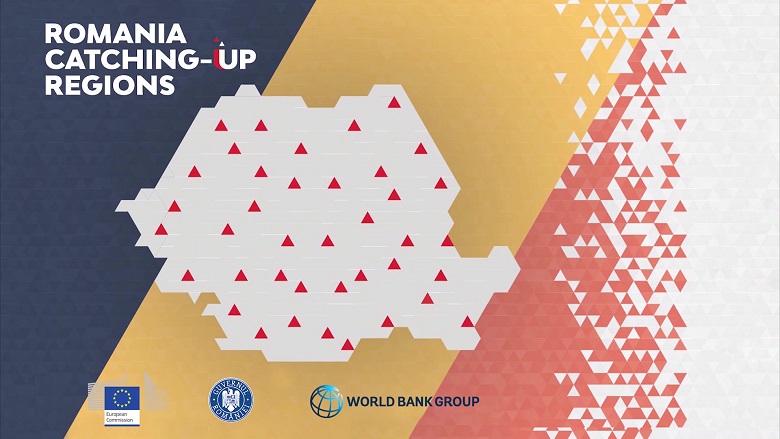All EU Member Countries, including Romania, must have a stronger focus on cross-sectoral and inter-jurisdictional approaches. They must respond better to the needs of territories that may not be defined by one clear administrative boundary.
In pursuance of this - and to guide the design of the Sustainable Urban Development for the 2021-2027 Programming Period - the World Bank undertook extensive research covering the following areas:
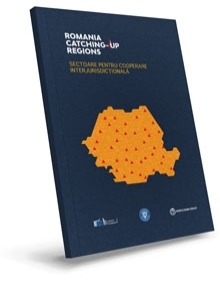
DOWNLOAD in English | DOWNLOAD in Romanian
The report identifies intervention areas/sectors in which there could be intrinsic added value for channeling EU funding through municipalities, FUA /metropolitan and/or regional associative bodies (such as inter-communal development associations, regional development agencies, etc...) in place of, or in addition to, national authorities responsible for functions such as health, tourism, energy, education, social services, urban and metropolitan/regional transport, competitiveness and support for SMEs and innovation.
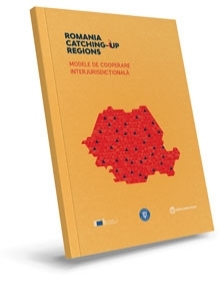
DOWNLOAD in English | DOWNLOAD in Romanian
The report analyzes the need for an overall or sector-specific form of territorial cooperation (such as metropolitan inter-communal development associations, project-oriented partnerships between TAUs, etc...) for instances in which EU funding can be organized at the subnational level. These forms of cooperation could come to complement or supplement the 2014-2020 model used for EU funding, which focuses only on the administrative territory of the eligible municipalities.
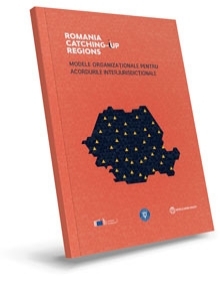
DOWNLOAD in English | DOWNLOAD in Romanian
The report identifies five suitable organizational models (dedicate priority axis under a national operational programme; dedicated national operational programme for large metropolitan areas; integrated territorial investments; dedicated national operational programme for 39 county residences; eight regional operational programmes, each with a dedicated axis for urban development projects), which have subsequently been discussed with relevant stakeholders in Romania.
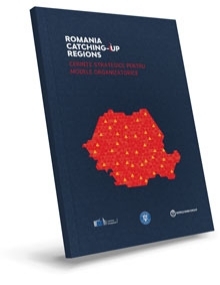
DOWNLOAD in English | DOWNLOAD in Romanian
The report provides an outline of the potential strategic requirements that should/could be put in place to respond to the requirements of the 2021-2027 Cohesion Policy, but also to requirements implied by the proposed five organizational models, such as:
- Integrated urban development strategies/plans;
- Strengthened administrative capacity, at different levels;
- Integrated financial arrangements;
- Decentralization;
- Identification of risks and associated mitigation measures.
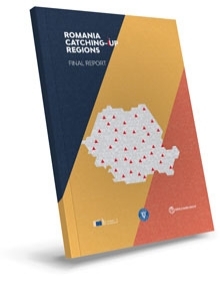
DOWNLOAD in English | DOWNLOAD in Romanian
The report synthesizes the key takeaways and recommendations from each of the previous four reports, and comes-up with a set of additional proposals, using additional data and information.
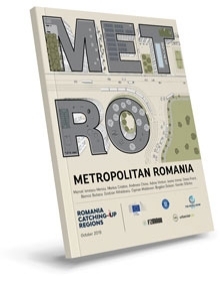
DOWNLOAD in English | DOWNLOAD in Romanian
The report provides a number of recommendations for strengthening metropolitan areas and urban agglomerations for regional and national growth in Romania.
